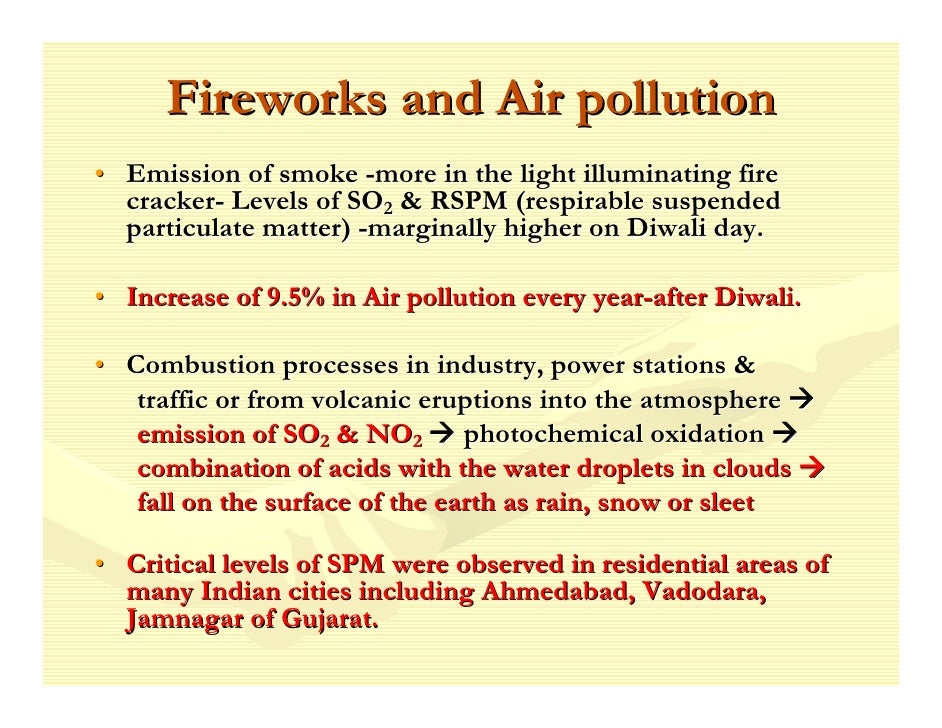Essay Advantages And Disadvantages Of Diwali Festival In India
Essay Advantages And Disadvantages Of Diwali Festival Images. I ordered an argumentative essay and got a logically. Diwali is the most popular festival of North India. Free Essays on Disadvantage Of Diwali Festival. Diwali popularly called Deepavali in some parts of India, is a festival. T.V-ADVANTAGES AND DISADVANTAGES.

Decorations, made using coloured powder or sand, are popular during Diwali. Also called Deepavali Observed by,, and Type Cultural, seasonal, religious Celebrations and lighting, home decoration, shopping, fireworks, (prayers), gifts, performing religious rituals, feast and sweets Begins, two days before Diwali Ends, two days after Diwali Date Varies per 2017 date 19 October (Thursday) 18 October (Wednesday) in & Related to,,,,, Diwali or Deepavali is the festival of lights celebrated every year in autumn in the northern hemisphere (spring in southern hemisphere). It is an official holiday in,,,,,,,,,, and.
On the island of, it is celebrated proudly by the community, however in 2010 it was inaugurated as an official yearly event at the historic residence for the first time, in an effort to celebrate the country's Indian heritage on a national level. One of the most popular festivals of Hinduism, it spiritually signifies the victory of light over darkness, good over evil, knowledge over ignorance, and hope over despair. Its celebration includes millions of lights shining on housetops, outside doors and windows, around temples and other buildings in the communities and countries where it is observed.
The festival preparations and rituals typically extend over four to six day period. Earl Scruggs Strictly Instrumental Rar File. The word Diwali is used by some communities to mean all the festivities while others think of it as one festival night on the no moon day of the month in calendar (the month of Aippasi in ). In the, Diwali falls in mid-October and mid-November. Before Diwali, people clean, renovate, and decorate their homes and offices. During Diwali, people dress up in new clothes or their best outfits, light up (lamps and candles) inside and outside their home, participate in family puja (prayers) to – the goddess of prosperity, light fireworks, engage in family feasts, sharing mithai (), and exchange of gifts between family members and close friends. Diwali also marks a major shopping period in nations where it is celebrated. Deb Control File Cydia Installer.
The name of festive days as well as the rituals of Diwali vary significantly among Hindus, based on the region of India. In many parts of India, the festivities start with Vasubaras, the day for the cattle, followed by or Dhanatrayodashi (in northern and western part of India). Dhanteras is followed by and Laxmi Puja. Laxmi Puja on the no moon day is considered the main day of Diwali in some communities. Next day after the no moon day, is Goverdhan pooja in Northern part of the country. On the same day, in some places, Diwali Padva is celebrated which is dedicated to the relationship of wife and husband. The festivities end with dedicated to the bond between sister and brother.
Dhanteras usually falls eighteen days after. On the same night that Hindus celebrate Diwali, celebrate a festival also called Diwali to mark the attainment of by, celebrate to mark the release of Guru from a prison, and, unlike the majority of Buddhists, celebrate Diwali by worshipping Lakshmi.
Diwali festivities include a celebration of sights, sounds, arts and flavors. How To Install Portal Gun Mod Gmod. The festivities vary between different regions. Diwali ( English: ) or dīpāvali means 'series of lights', and is derived from dīpam 'light, lamp' and oli 'glow of light'. Diwali is also known as dīpotsavam 'festival of lights'. The holiday is known as dipawoli in: দীপাৱলী, dipaboli or dipali in: দীপাবলি/দীপালি, divāḷi in: દિવાળી, divālī in: दिवाली, dīpavaḷi in: ದೀಪಾವಳಿ,: दिवाळी,: ദീപാവലി,: दिवाळी, dipābali in: ଦିପାବଳୀ, dīvālī in: ਦੀਵਾਲੀ, diyārī in: दियारी, tīpāvaḷi in: தீபாவளி, and: దీపావళి, in and in: स्वन्ति or in: तिहार and Thudar Parba in: ತುಡರ್ ಪರ್ಬ. History Diwali dates back to ancient times in India, as a festival after the summer harvest in the Hindu calendar month of. The festival is mentioned in Sanskrit texts such as the, the both completed in second half of 1st millennium AD but believed to have been expanded from a core text from an earlier era.
The diyas (lamps) are mentioned in Skanda Purana to symbolically represent parts of the sun, the cosmic giver of light and energy to all life, who seasonally transitions in the Hindu calendar month of Kartik. Hindus in some regions of India associate Diwali with the legend of Yama and on Kartika amavasya (Diwali night). The Nachiketa story about right versus wrong, true wealth versus transient wealth, knowledge versus ignorance is recorded in composed in 1st millennium BC. King Harsha in the 7th century Sanskrit play mentions Deepavali as Deepapratipadutsava ( Deepa = light, pratipada = first day, utsava = festival), where lamps were lit and newly engaged brides and grooms were given gifts. Referred to Deepavali as Dipamalika in his 9th century Kavyamimamsa, wherein he mentions the tradition of homes being whitewashed and oil lamps decorating homes, streets and markets in the night. The Persian traveller and historian, in his 11th century memoir on India, wrote of Deepavali being celebrated by Hindus on New Moon day of the month of Kartika. Significance Part of on • •.